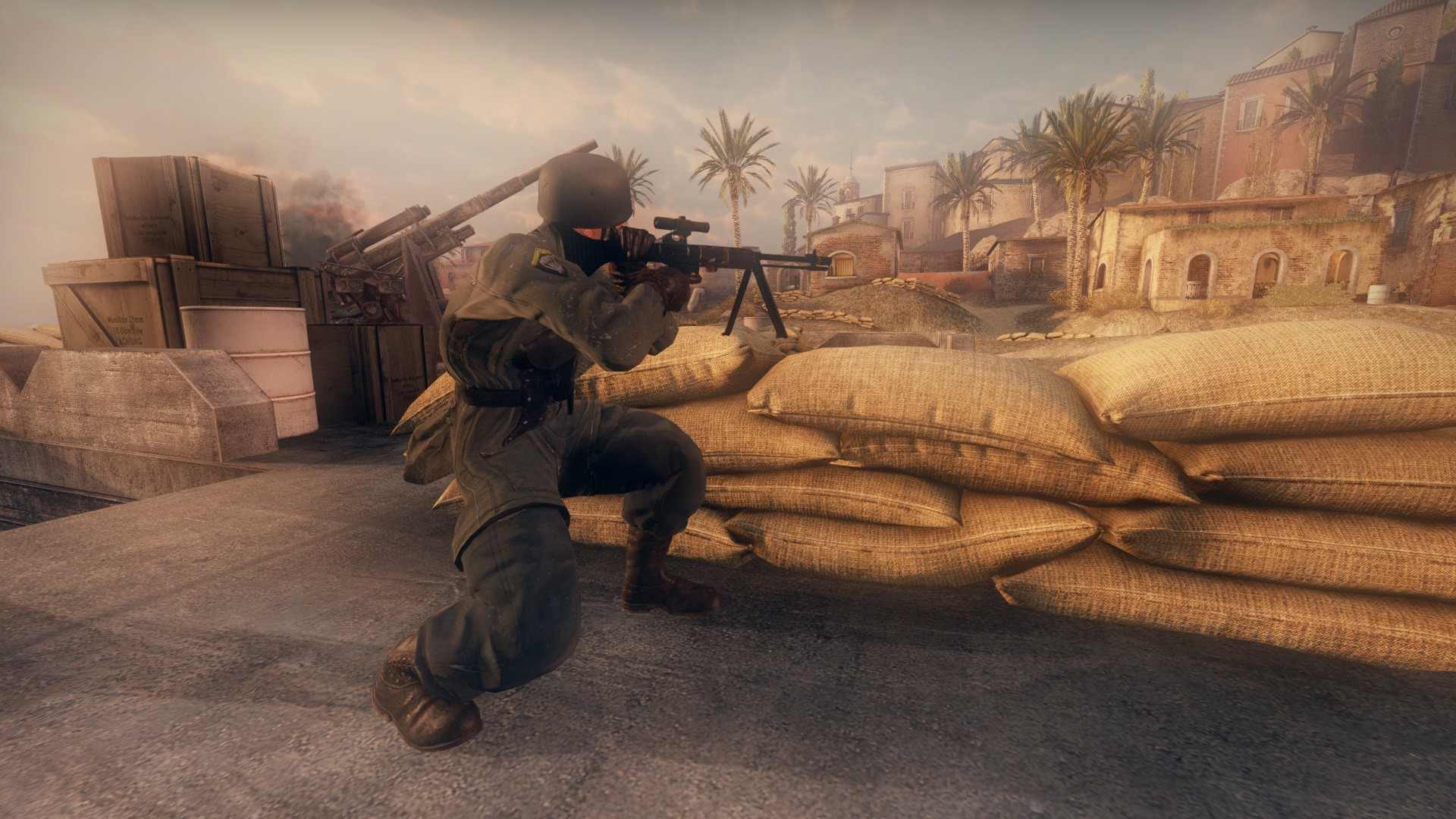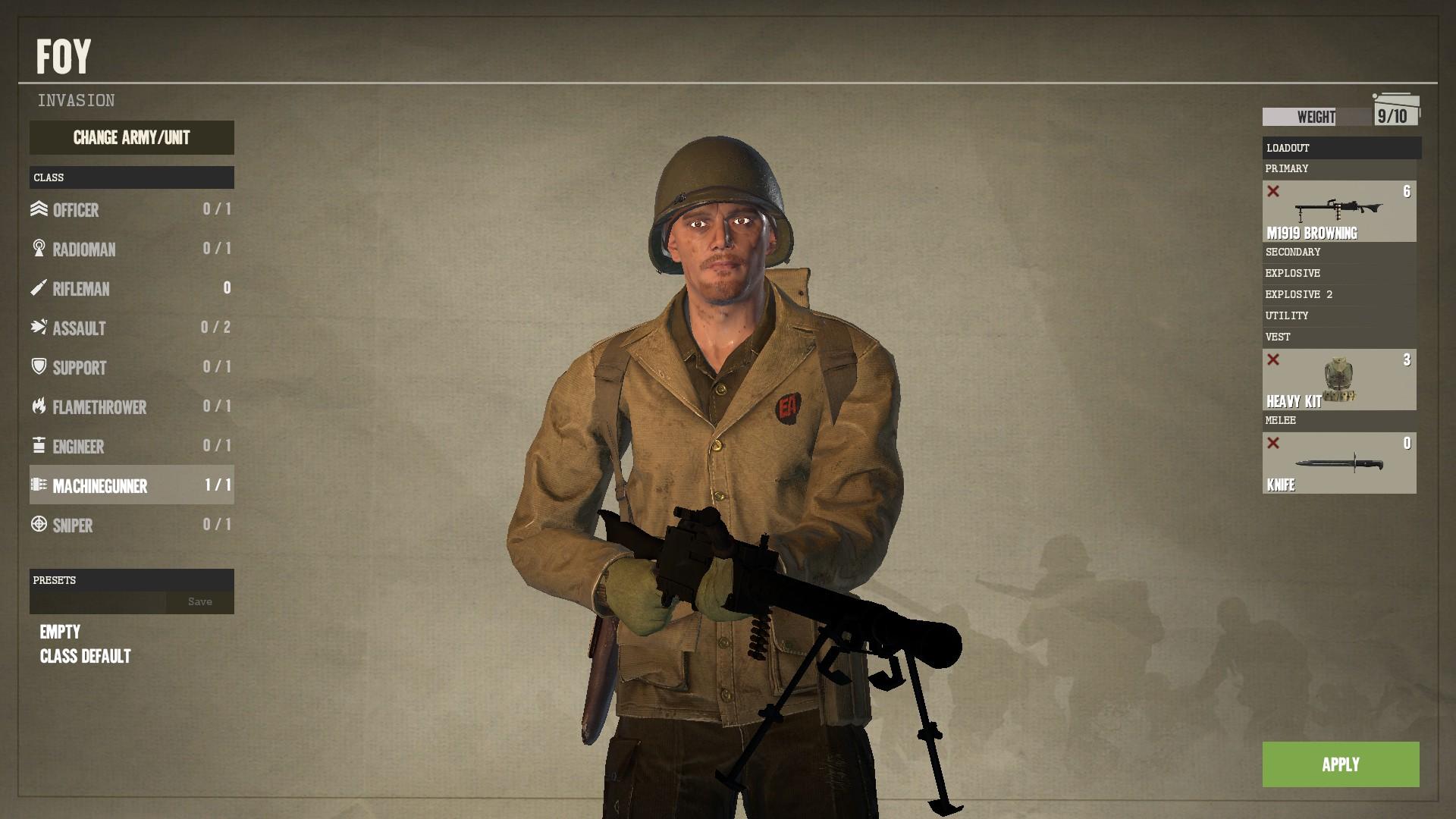

Cole has written, the isolationist group’s remarks were deliberately “phrased to leave the door open for possible continued opposition to participation in the European war.”įrom afar, frustrated by the Eastern Front, Hitler solved Roosevelt’s problem by unilaterally declaring war on the United States on Thursday, Dec. From its national headquarters in Chicago, America First was disbanding and released a statement supporting war against Japan, but, as the historian Wayne S. Isolationist opinion about the Pacific had evaporated in the heat of Pearl Harbor it was less certain whether Americans were willing to engage fully in Europe as well. In a conversation with the British ambassador in Washington, Lord Halifax, Roosevelt was explicit about his concerns: “I seem to be conscious of a still lingering distinction in some quarters of the public between war with Japan and war with Germany.” To move against Hitler, but the president’s political instincts told him to hold off. Cabinet members, including Secretary of State Cordell Hull and Secretary of War Henry Stimson, wanted F.D.R. When Roosevelt dictated his speech declaring war on Japan to his secretary Grace Tully, it concerned only one nation: Japan. Eden, however, “was not sure that the Americans would want him so soon.”Įden was right. Churchill was eager to travel to Washington to lay plans for Allied strategy. “He was quite naturally in a high state of excitement,” noted Anthony Eden, the foreign secretary.
#DAY OF INFAMY WALLPAPER FULL#
With the news of Pearl Harbor, Churchill, who had long - and largely unsuccessfully - wooed Roosevelt, believed he now had a full partner in the war against the Axis. For 27 months, from the invasion of Poland through the Battle of Britain, the fall of France, the U-boat war in the Atlantic and Hitler’s invasion of the Soviet Union, America was the most reluctant of warriors. Roosevelt was forced to maneuver carefully as the Nazi threat grew in Europe. Constricted by neutrality acts produced by isolationist sentiment and by the popular agitation of groups such as America First, Franklin D. In reaction to the bloodshed of World War I and to the cataclysm of the Great Depression - a global phenomenon - the United States spent the interwar years deeply skeptical of engagement overseas. The story of America’s entry into World War II three-quarters of a century ago offers us a window into the contingencies of history and the perennial risk that the nation’s isolationist tendencies - tendencies once more evident in our politics as the president-elect of the United States in 2016 revives the old slogan America First - can be durably potent even in moments of existential crisis. Yet the reality, as usual, is more complicated.

The attack on Pearl Harbor, an occasion of ceremonial remembrance commemorated once more last week, propelled the United States into the global contest against Japanese imperialism and European totalitarianism within four years a once-isolationist America would achieve a superpower status from which it has yet to fall. So the prevailing story of World War II goes even now, 75 years later. “So we had won after all!” After standing alone against Berlin since the German invasion of Poland on the first day of September 1939, struggling to engage an isolationist America, Churchill “slept the sleep of the saved and thankful.”

“At this very moment I knew the United States was in the war, up to the neck and in to the death,” he wrote in his war memoirs. Averell Harriman, Churchill heard the news of the Japanese attack on Pearl Harbor from the BBC. 7, 1941, hosting a small birthday dinner at Chequers, the prime minister’s country retreat, for Kathleen Harriman, the daughter of the American diplomat W. Winston Churchill was ebullient he thought it was all over at last.


 0 kommentar(er)
0 kommentar(er)
